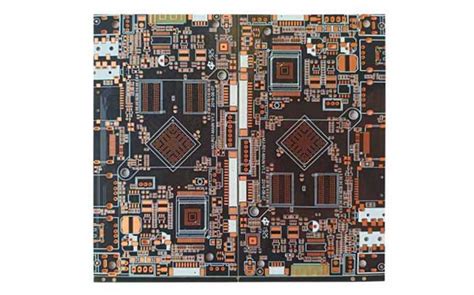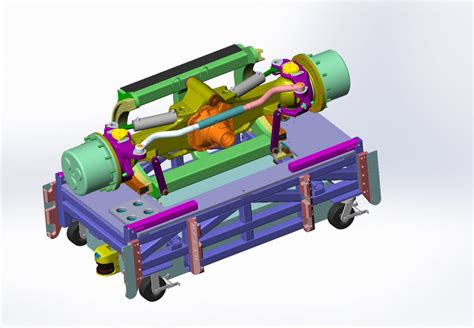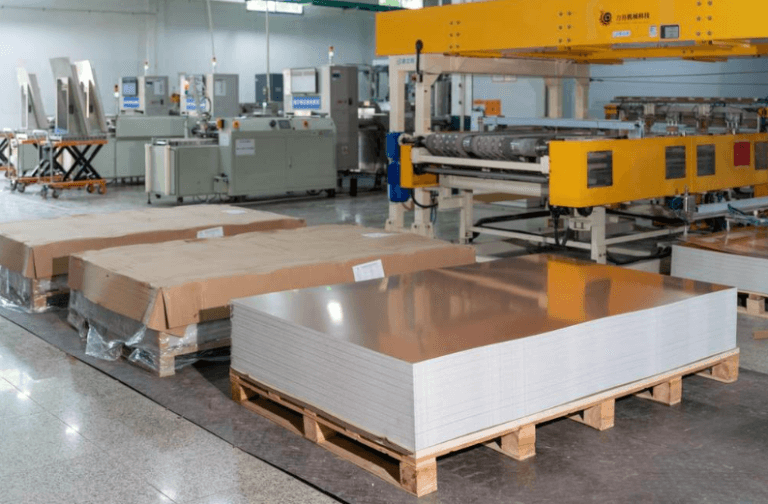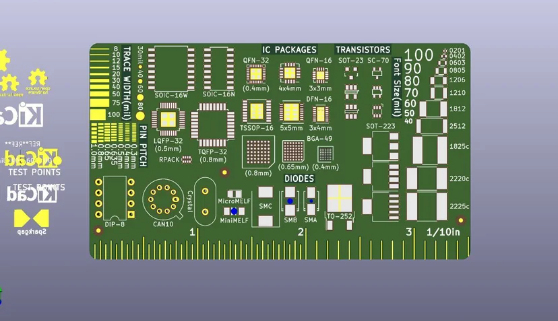PCB vs. PCBA: Essential Stages in Electronics Production
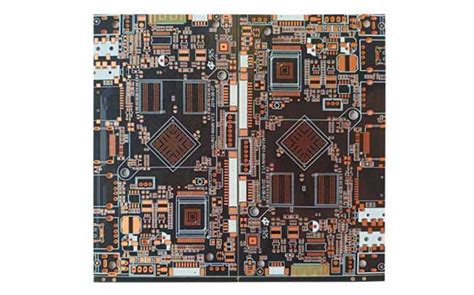
Key Takeaways
The journey from PCB (printed circuit board) to PCBA (printed circuit board assembly) represents two interdependent phases in electronics manufacturing. A PCB serves as the foundational platform for circuitry, created through precise design and etching processes. In contrast, PCBA involves integrating components like resistors, capacitors, and ICs onto the board via PCB assembly, transforming a bare board into a functional unit.
While PCB fabrication focuses on material selection, layer stacking, and trace routing, PCBA emphasizes component placement, soldering, and quality testing. Critical distinctions include the PCB’s role as a passive substrate versus the PCBA’s active functionality. However, both stages rely on meticulous design validation and manufacturing precision to avoid defects.
Understanding this progression highlights why neither stage can be overlooked. A flaw in PCB design compromises PCBA reliability, while poor assembly practices negate even the most advanced board layouts. Ultimately, their synergy drives modern electronics, enabling compact, high-performance devices from smartphones to industrial systems.
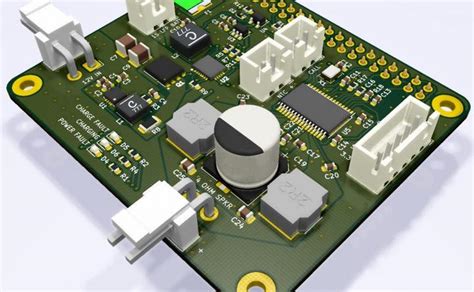
PCB Design Fundamentals Explained
The creation of a PCB (printed circuit board) begins with meticulous design, a foundational step that dictates the functionality and reliability of electronic devices. At this stage, engineers translate schematic diagrams into physical layouts using specialized software, defining trace pathways, component placement, and layer stacking. Critical considerations include thermal management, signal integrity, and compliance with industry standards like IPC-2221.
A well-designed PCB ensures seamless integration during PCBA (printed circuit board assembly), where components are mounted onto the board. For instance, improper pad sizing or misaligned footprints in the design phase can lead to defects in pcb assembly, such as solder bridges or cold joints. Tools like Design for Manufacturability (DFM) checks are often employed to preempt such issues, bridging the gap between design and production.
Transitioning from PCB to PCBA hinges on precise design specifications, including solder mask apertures and silkscreen markings. These elements guide automated pick-and-place machines and reflow ovens during assembly, underscoring how design choices directly influence manufacturing efficiency and end-product quality. As the blueprint of modern electronics, PCB design remains inseparable from the broader pcba process, shaping every stage from prototyping to mass production.

PCBA Assembly Process Breakdown
The transformation from PCB to functional PCBA involves precise component integration and multi-stage quality controls. After the bare board fabrication, PCB assembly commences with solder paste application using stencil printing—a critical step ensuring accurate deposition of conductive material on designated pads. Surface-Mount Technology (SMT) then positions miniature components like resistors and ICs onto the board via high-speed pick-and-place machines, achieving placement accuracies within ±25 microns.
Following component mounting, the assembly undergoes reflow soldering, where controlled heating melts the solder paste, creating permanent electrical connections. For boards requiring through-hole components, wave soldering or manual insertion may supplement SMT processes. Post-soldering, Automated Optical Inspection (AOI) systems scan for defects such as misalignments or solder bridges, while in-circuit testing (ICT) validates electrical performance. Advanced PCBA lines now integrate Industry 4.0 practices, employing real-time data analytics to optimize yield rates and traceability. This phase bridges design intent with operational reliability, making PCB assembly the cornerstone of functional electronics manufacturing.
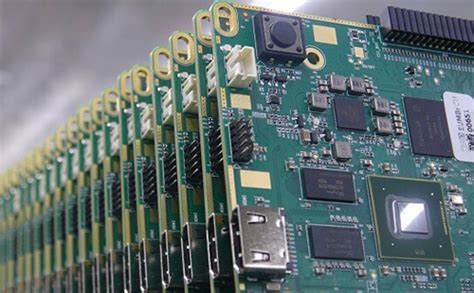
PCB vs PCBA: Core Differences
While PCB (Printed Circuit Board) and PCBA (Printed Circuit Board Assembly) are often used interchangeably, they represent distinct stages in electronics manufacturing. A PCB serves as the foundational platform, comprising laminated layers of conductive and insulating materials etched with pathways to connect electronic components. In contrast, PCBA refers to the completed board after PCB assembly, where components like resistors, capacitors, and ICs are mounted and soldered onto the PCB.
| Aspect | PCB | PCBA |
|---|---|---|
| Function | Provides structural & electrical base | Functional unit with active components |
| Components | Bare board (no components) | Fully populated with parts |
| Production | Design, etching, layering | SMT/THT assembly, testing |
| Testing | Electrical continuity checks | Functional validation |
“A PCB without components is like a skeleton without muscles—it provides structure but lacks functionality.” – Industry Expert
The transition from PCB to PCBA involves critical steps like surface-mount technology (SMT) and through-hole assembly. While PCB assembly focuses on precision placement and soldering, the bare PCB’s quality directly impacts the reliability of the final PCBA. Designers must balance thermal management and signal integrity during PCB layout to avoid rework during assembly.
Key distinction: A PCB is a passive substrate, whereas a PCBA becomes an active subsystem. For example, a smartphone’s motherboard starts as a PCB, but only after PCBA does it power the device.
Tip: Always validate PCB designs with a Design for Manufacturing (DFM) review to minimize assembly defects in the PCBA phase.
This interdependence underscores why both stages are equally vital in creating modern electronics.
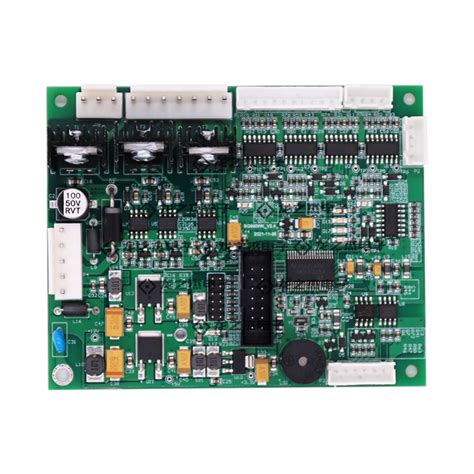
Electronics Production Stages Compared
The journey from PCB to PCBA represents distinct yet interconnected phases in electronics manufacturing. While PCB fabrication focuses on creating the physical board with conductive pathways, PCB assembly transforms this bare board into a functional unit through component integration. During the design stage, engineers define circuit layouts, material selection, and thermal management—elements critical for ensuring compatibility with subsequent PCBA processes.
In contrast, PCBA introduces precision-driven steps like solder paste application, pick-and-place automation, and reflow soldering. These stages demand rigorous quality checks to verify component alignment and electrical connectivity—factors that directly impact end-device reliability. Where PCB production prioritizes structural integrity and signal routing accuracy, PCB assembly emphasizes seamless integration of resistors, ICs, and connectors to activate the board’s intended functionality.
Transitioning between these stages requires synchronization of design specifications with manufacturing capabilities. For instance, a high-density interconnect (HDI) PCB may necessitate specialized PCBA techniques to accommodate miniature components. This interdependence underscores why both phases—design-centric PCB development and manufacturing-focused assembly—must align to meet evolving demands for compact, high-performance electronics.
From PCB to PCBA: Production Journey
The transformation from a PCB (printed circuit board) to a PCBA (printed circuit board assembly) represents the critical juncture between design and functional electronics. This journey begins with the bare PCB—a laminated substrate etched with conductive pathways—serving as the foundation for component integration. During PCB assembly, automated machinery meticulously places resistors, capacitors, ICs, and other components onto the board’s surface using surface-mount technology (SMT) or through-hole insertion. Each step, from solder paste application to reflow soldering, ensures precise electrical connections while adhering to design specifications.
The transition to PCBA marks the board’s evolution from a passive structure to an active, operational system. Post-assembly stages involve rigorous functional testing and quality control, verifying signal integrity and power distribution. Factors like thermal management and component alignment are scrutinized to prevent defects in high-density layouts. By completing this production chain, manufacturers bridge the gap between theoretical schematics and tangible devices—whether smartphones, medical equipment, or industrial controllers. The synergy of PCB design and PCBA manufacturing underscores their shared importance in delivering reliable, high-performance electronics to global markets.
PCBA Component Integration Basics
At the heart of PCBA (Printed Circuit Board Assembly) lies the precise integration of electronic components onto a bare PCB. This stage transforms a static board into a functional system, bridging design and real-world application. The process begins with surface-mount technology (SMT), where miniature components like resistors, capacitors, and ICs are placed onto pre-defined solder pads. Automated pick-and-place machines ensure micron-level accuracy, critical for high-density designs.
Following SMT, through-hole technology (THT) may be employed for bulkier components such as connectors or transformers, which require manual or wave soldering for secure mechanical bonds. A key challenge in PCB assembly is balancing thermal management during reflow soldering—excessive heat risks damaging sensitive parts, while insufficient heat compromises solder joint reliability.
Quality control steps, including automated optical inspection (AOI) and X-ray testing, verify component alignment and solder integrity. These checks prevent defects like tombstoning or bridging, which could derail device functionality. By harmonizing automated precision with rigorous validation, PCBA ensures that every assembled board meets the exacting demands of modern electronics, from consumer gadgets to industrial systems.
Why PCB and PCBA Matter Equally
While PCB (printed circuit board) and PCBA (printed circuit board assembly) represent distinct phases in electronics manufacturing, their roles are interdependent and equally critical to product functionality. The PCB serves as the foundational bare board, providing mechanical support and electrical connectivity through precisely etched copper pathways. However, without pcb assembly – the process of soldering components like resistors, ICs, and capacitors – the board remains inert. This transformation into PCBA unlocks its operational potential, enabling circuits to perform tasks ranging from power management to data processing.
The synergy between these stages ensures reliability and performance. A flawlessly designed PCB becomes irrelevant if pcba processes introduce soldering defects or misaligned parts. Conversely, even advanced pcb assembly techniques cannot compensate for poorly routed traces or inadequate thermal management in the base board. Industries such as consumer electronics or medical devices rely on this balance: PCB design determines signal integrity and miniaturization capabilities, while pcba quality dictates longevity and error-free operation.
Ultimately, treating PCB and PCBA as isolated phases risks costly redesigns or field failures. Manufacturers must prioritize design-for-assembly principles during PCB development and enforce rigorous testing protocols post-pcb assembly to achieve seamless integration. Only by recognizing their equal importance can modern devices meet evolving demands for efficiency and reliability.

PCB PCBA Roles in Modern Devices
Modern electronic devices rely on the seamless interplay between PCB (printed circuit board) and PCBA (printed circuit board assembly) to achieve their functionality. While PCBs form the physical foundation—providing pathways for electrical signals through conductive layers and insulating substrates—PCBA represents the stage where these boards transform into operational systems. Through PCB assembly, components like resistors, microchips, and capacitors are integrated onto the board, enabling complex functionalities such as data processing, power management, and connectivity.
In applications ranging from consumer wearables to industrial automation, PCBA ensures that devices meet precise performance standards. For instance, a smartphone’s ability to process high-speed data hinges on meticulously designed PCBs, while its functionality depends entirely on the accuracy of PCB assembly in placing and soldering microscopic components. Similarly, in automotive systems, PCBA integrates sensors and control modules onto PCBs, enabling advanced features like collision detection and autonomous navigation.
The transition from bare PCB to functional PCBA underscores their complementary roles: one provides structural and electrical integrity, while the other breathes life into the design. Without either stage, modern electronics would lack the miniaturization, reliability, and efficiency demanded by today’s interconnected world.
Conclusion
The evolution from PCB to PCBA underscores the interdependence of design and execution in electronics manufacturing. While PCB assembly transforms a bare board into a functional unit, the journey hinges on meticulous design precision and component integration. PCBA represents the culmination of this process, where passive boards become dynamic systems capable of powering modern devices.
Understanding the distinction between these stages clarifies their shared significance: PCB lays the foundation for circuitry, whereas PCBA breathes life into it through precise soldering, testing, and quality assurance. Neither stage operates in isolation—flaws in PCB design inevitably compromise PCBA performance, just as subpar assembly can negate even the most sophisticated board layouts.
Ultimately, both phases demand equal attention to detail, balancing technical expertise with scalable production strategies. By recognizing their symbiotic relationship, manufacturers can optimize workflows, reduce defects, and deliver robust electronics that meet today’s performance and reliability expectations.
Frequently Asked Questions
What is the fundamental difference between a PCB and a PCBA?
A PCB (printed circuit board) is a bare board with conductive pathways etched onto it, serving as the foundation for electronic connections. A PCBA (printed circuit board assembly), however, refers to the fully assembled board where components like resistors, capacitors, and ICs are soldered onto the PCB through PCB assembly processes.
Why is the assembly stage critical in electronics production?
The PCB assembly phase transforms a static PCB into a functional PCBA by integrating active and passive components. Without this step, the board cannot perform its intended electrical functions, making assembly indispensable for creating operational devices.
What are common methods used in PCBA manufacturing?
Two primary techniques dominate PCBA production: surface-mount technology (SMT) for miniaturized components and through-hole technology (THT) for larger, durable parts. Advanced systems often combine both to optimize performance and reliability.
Can a PCBA function without a properly designed PCB?
No. A well-designed PCB ensures correct component placement and electrical connectivity. Flaws in the PCB design—such as poor trace routing—can lead to signal interference or assembly failures, rendering the PCBA non-functional.
How do manufacturers ensure quality during PCB assembly?
Reputable providers use automated optical inspection (AOI), X-ray testing, and functional testing to verify solder joints, component alignment, and electrical performance. These steps minimize defects and ensure the PCBA meets industry standards.
Ready to Start Your PCB Assembly Project?
For expert guidance on PCB assembly or custom PCBA solutions, please click here to explore professional services tailored to your needs.

